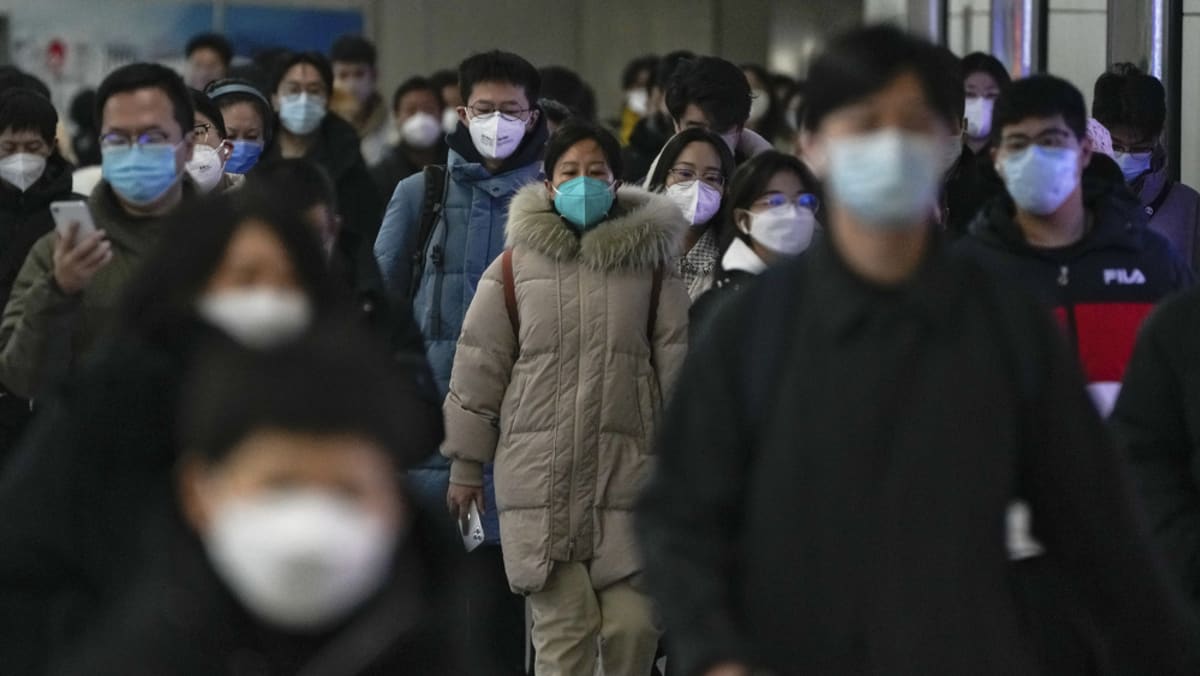
In China, most people have never been exposed to the coronavirus. China’s vaccines rely on an older technology producing fewer antibodies than mRNA vaccines.
Given those realities, Dr Gagandeep Kang, who studies viruses at the Christian Medical College in Vellore, India, said it remains to be seen if the virus will follow the same pattern of evolution in China as it has in the rest of the world after vaccines came out. “Or,” she asked, “will the pattern of evolution be completely different?”
Recently, the World Health Organization expressed concern about reports of severe diseases in China. Around the cities of Baoding and Langfang outside Beijing, hospitals have run out of intensive care beds and staff as severe cases surge.
China plans to track the virus centres around three city hospitals in each province, where samples will be collected from walk-in patients who are very sick and those who die every week, Xu Wenbo of the Chinese Center for Disease Control and Prevention said at a briefing on Tuesday (Dec 20).
He said 50 of the 130 Omicron versions detected in China had resulted in outbreaks. The country is creating a national genetic database “to monitor in real time” how different strains were evolving and the potential implications for public health, he said.
At this point, however, there is limited information about genetic viral sequencing coming out of China, said Jeremy Luban, a virologist at the University of Massachusetts Medical School.
“We don’t know all of what’s going on,” Luban said. But clearly, “the pandemic is not over”.
